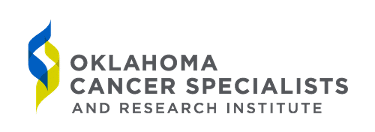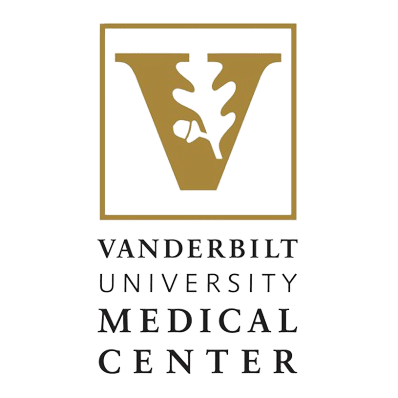Ranked as Pennsylvania’s number one health system, Penn Medicine is a world renowned academic medical center in Philadelphia that combines education, research, and clinical approaches to provide the best possible care for the patient. Penn Medicine’s Abramson Cancer Center Infusion Suite at the Perelman Center for Advanced Medicine sees over 50,000 infusion visits each year.
303 chairs
16 centers
Epic EHR
NCI / NCCN designation
Academic Medical Center
Northeastern US
Like many high volume infusion centers, Penn Medicine Abramson Cancer Center experienced severe operational challenges that limited the ability to serve an optimal patient volume and provide the best quality experience. Uneven schedules and patient arrival patterns, which tended to be slow in the mornings and evenings and overloaded in the middle of the day, led to inconsistent workloads for nurses and extended wait times for patients. Nurses felt rushed and pressured while performing essential functions like documentation and education, and were unable to give patients due attention in educating them or building relationships. These circumstances produced a history of dissatisfaction among both patients and staff.
To begin addressing these issues, leadership at Penn Medicine Abramson Cancer Center initially deployed the analytics-based iQueue for Infusion Centers on the infusion suite’s 21-chair fourth floor to optimize their scheduling templates, provide daily management guidance about what to expect each day, and to understand why days did not go as planned. In the pilot center, iQueue helped support an even workload throughout the day that allowed for more predictable schedules, which also unlocked capacity to help deal with unexpected delays and add-ons.
As a result of the outstanding results Penn Medicine Abramson Cancer Center achieved, leadership extended the use of iQueue for Infusion Centers to many of its other floors and locations, bringing the solution to more than 15 centers across their network.










Take the first step towards unlocking capacity, generating ROI, and increasing patient access.
If you work in the healthcare industry, or even if you’re just an interested observer, you don’t need a book to tell you that the financial pressure is on as never before. A perfect storm of circumstances is swirling together, one that will make survivability, not to mention profitability, a greater challenge for healthcare companies than we’ve seen in the modern era.
As with banks, retailers, and airlines, which had to rapidly enhance their brick-and-mortar footprints with robust online business models—it is the early movers eager to gain new efficiencies that will thrive and gain market share. The slow-to-move and the inefficient will end up being consolidated into larger health systems seeking to expand their geographical footprints.
Let’s look at just a few of the looming challenges healthcare must meet head-on.
An aging population
By the year 2030, the number of adults sixty-five years of age or older will exceed the number of children eighteen years or younger in the United States. We are living longer than our parents did. Positive news for sure, but problematic for several reasons.
The older we get, the more medical help we need. Older people have more chronic diseases. By 2025, nearly 50 percent of the population will suffer from one or more chronic diseases that will require ongoing medical intervention. This combination of an aging population and an increase in chronic diseases will create a ballooning demand for healthcare services.